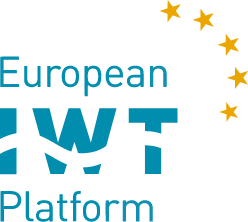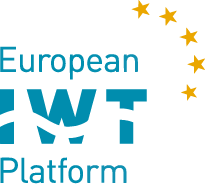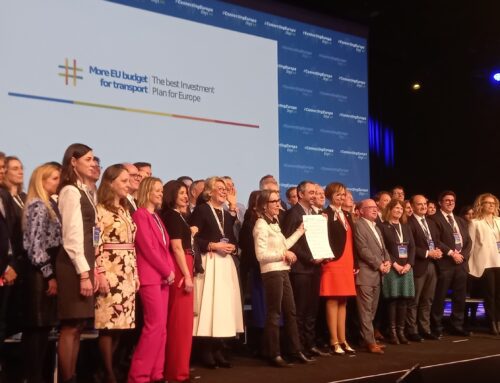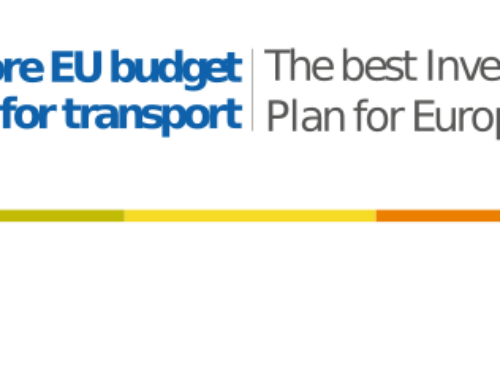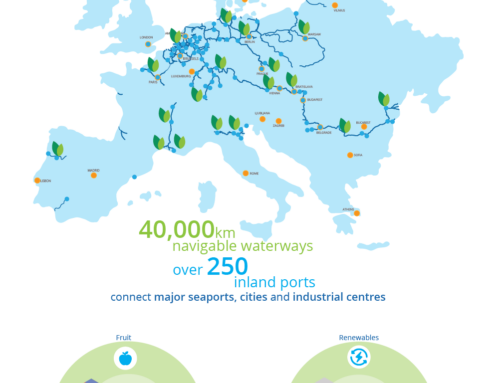The CCNR member states tasked the CCNR secretariat with creating a roadmap with the ultimate goal of largely eliminating greenhouse gas emissions (GHG) and other air pollutants attributable to the inland navigation sector by 2050. Along with this roadmap comes a summary of policy measures which are needed to facilitate this transition. long-term vision that is also in line with the European Union, in the Mannheim Declaration signed by the same member states on October 17, 2018. (EU).
In order to accomplish these transition goals, one of the conclusions is the need for new financial instruments. Therefore, the CCNR member states charged the CCNR with a sector consultation.
Given this situation, the CCNR explores the idea of a European financial instrument for the sector’s transition to clean energy, which would be based on a mix of public and private sources and include a sector contribution. This all would come together in a dedicated Inland Waterway Transport (IWT) Greening Fund.
In this light, a study has been conducted the past 2 years, as part of the European PLATINA3 project on the idea of a European financial instrument to help the sector’s energy transition (see annex in the attachment). Reading the action plan, which aims to improve the financing conditions for the energy transition, may be helpful with regard to this consultation. It is built on the following three key themes:
– Making the best use possible of the national and European financing and subsidy programs currently in place.
– The challenge of the energy transition and the role of consumers and intermediaries.
– The development of a new financial instrument for Europe.
A number of legal, economic, and practical concerns were discovered during the work to investigate the viability of such a IWT Greening Fund, and they have proven to be essential to the development and execution of it.
These specifically address the financial instrument’s compliance with the Mannheim Act’s guiding principles, as well as the concept’s long-term economic viability and political and legal viability. In this regard, it is crucial that the inland waterway transport profession be willing to provide the necessary contributions to this consultation.
To read a full report – CLICK HERE
